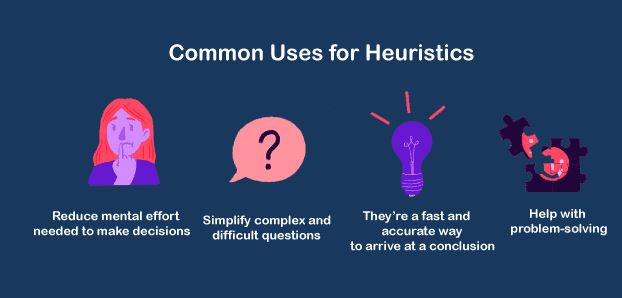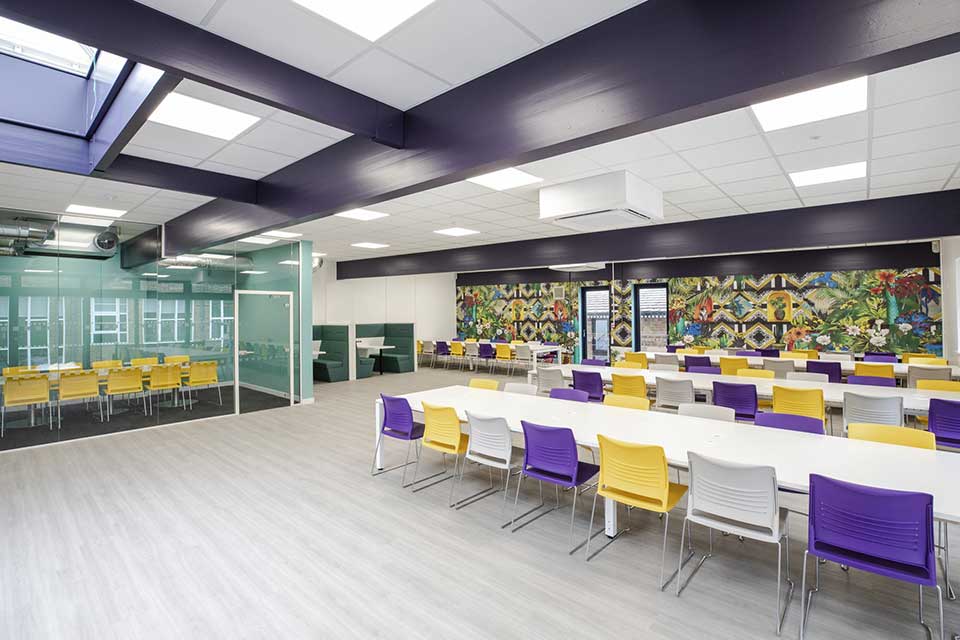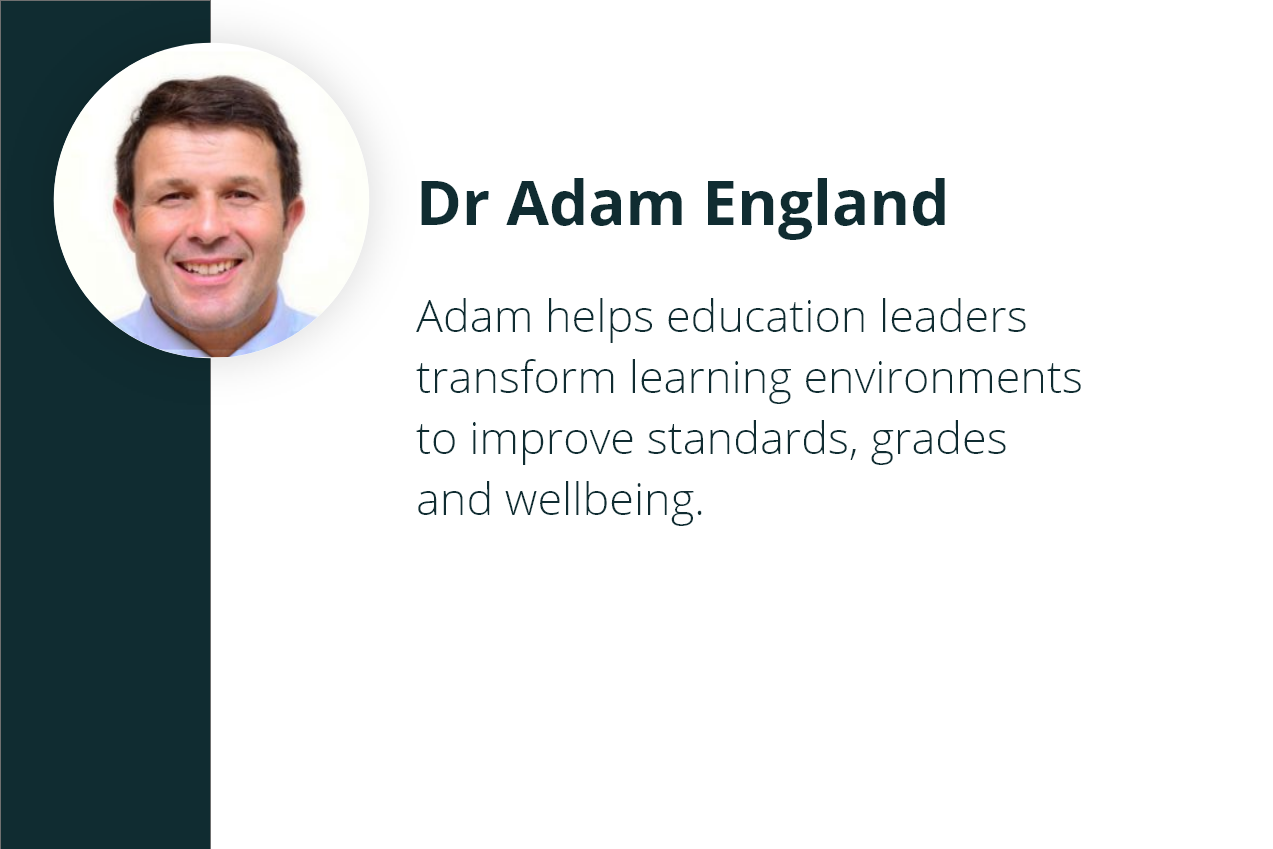Why Does Heuristic Learning Stop In Senior School?

What Is Heuristic Learning?
Derived from the Greek ‘to discover’ or ‘to find’, heuristic learning is “a method of teaching which involves our placing of children as far as possible in the attitude of a discoverer” (Professor Henry Armstrong, 1848-1937). Students are encouraged to work on finding out the answers to questions or issues by themselves. Its main principles include developing an insight into the problem that is needed to be solved; creating a plan of action to address the issue; acting on this plan and adapting if necessary; evaluation. Young people already use heuristics in everyday life based on their own experience and knowledge, as it means less time thinking about small decisions (ie it’s raining – should I walk to school or take the bus?), quickly arriving at a satisfactory conclusion. However, heuristic learning is not used to its full potential in senior schools and this means many students miss out on a vital area of self-directed learning.

Why Should Schools Instil Heuristic Learning?
It is all too easy for senior school teachers, given limited time and resources and who are focussed on quick results, to take a more algorithmic approach to learning. Giving students a step by step procedure on how to solve a task rather than encouraging self directed learning may solve one immediate problem but limits future potential by not setting students up to be able to explore answers for themselves.
How Should Senior Schools Instill Heuristic Learning?
Heuristic Learning uses a range of specific criteria, forcing students to clearly establish the basic requirements of the task. This enables learners to soon identify the key points they need to address meaning their time is better spent on focused areas. If a group of students are set a piece of work, or a number set the same question but working individually, a breadth of views can be identified to aid future learning. Students using this method are more likely to retain knowledge and have a deeper understanding. Ultimately, young learners should be given the support to think and work autonomously with many opportunities to explore different types of research.

What Is The Teachers’ Role In Heuristic Learning?
Teachers play an important part in heuristic learning but from a ‘guide on the side’ role rather than simply giving students the answers. For example, they may set the problem for their students to solve, discuss their ideas (and raise challenges or alternative views), supervise but without providing the solution. The heuristic method gives students the information on what needs to be answered, how to start investigating and the main points they should consider to strengthen their own brain development and conviction in their learning. It is a methodology that is inexpensive to carry out, relatively easy to grasp and can be successfully used by pupils to achieve a range of cognitive learning objectives including the development of self-confidence, critical thinking and engagement in lessons. Using heuristic learning, students experiment to find answers, expect to have to work to find answers which is more ingrained due to their hands-on learning. Your young people are therefore more prepared to face any issues and gain increased resilience for life leading to significantly better wellbeing, happiness and success.
Call our experienced consultants at Noble and Eaton to find out more about heuristic learning.




